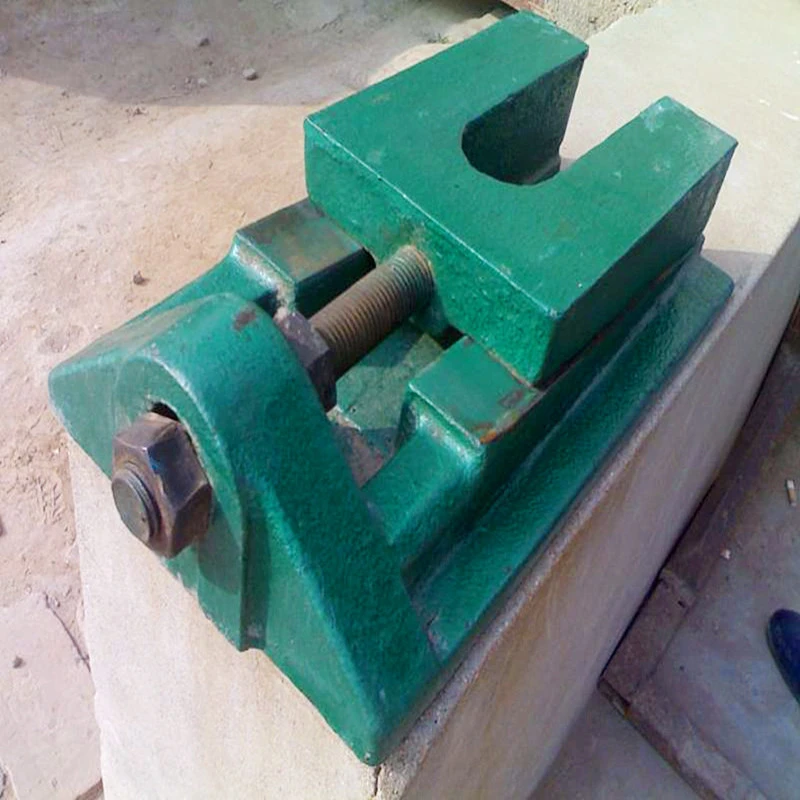Nov . 19, 2024 12:49 Back to list
Different Types of Gate Valves and Their Applications in Various Industries
Understanding Gate Valve Types
Gate valves are an essential component in various industrial applications, serving as a reliable means to control the flow of liquids and gases. Their primary function is to allow or block the flow through a pipeline, making them vital for systems where a complete shut-off is required. Understanding the different types of gate valves can be crucial for engineers and maintenance personnel to make informed decisions in their projects.
1. Wedge Gate Valves
The most common type of gate valve is the wedge gate valve. This valve features a solid wedge-shaped disc that moves up and down to either open or close the flow path. When the valve is fully open, the disc is completely retracted, allowing for minimal resistance to flow. Wedge gate valves are predominantly used in applications with high-pressure systems and are preferred for their durability and reliability. However, they may not be suitable for throttling purposes, as they are designed to operate fully open or closed.
In contrast to wedge gate valves, parallel gate valves have a disc that is parallel to the seat. This design facilitates a better sealing capability and can handle higher pressures without risk of leakage. Parallel gate valves are often used in applications where flow control is critical, and they are particularly effective for regulating the flow of slurries or viscous fluids. Although they may be slightly more expensive than wedge gates, their superior performance can justify the investment.
gate valve types

3. Rising Stem and Non-Rising Stem Gate Valves
Gate valves can also be categorized based on the stem design rising stem and non-rising stem. In a rising stem gate valve, the stem moves up and down with the disc when the valve is operated. This design provides a visual indication of the valve's position, making it easier to determine whether it is open or closed. Non-rising stem gate valves, on the other hand, keep the stem stationary while the disc moves, making them suitable for applications with limited space above the valve. Each type has its specific advantages depending on the installation environment.
4. Special-Purpose Gate Valves
Apart from the standard types mentioned above, there are several special-purpose gate valves. Examples include lubricated gate valves, which use a lubricant to enhance sealing, and cryogenic gate valves, designed for use in extremely low-temperature applications. These specialized valves cater to unique industrial needs, ensuring safety and efficiency in diverse operational conditions.
In conclusion, understanding the various types of gate valves is crucial for selecting the right valve for specific applications. Whether it is a wedge, parallel, rising stem, or a special-purpose valve, each type serves unique functionalities that contribute to the overall efficiency of fluid control systems in industrial environments. Understanding these differences ensures optimal performance and longevity in operational use.
-
thread-plug-gauge-our-promise-of-measurement-excellenceNewsAug.22,2025
-
gauge-pin-class-reflecting-quality-legacyNewsAug.22,2025
-
check-valve-types-for-high-rise-buildingsNewsAug.22,2025
-
water-control-valve-for-irrigation-systemsNewsAug.22,2025
-
gate-valve-with-soft-seal-technologyNewsAug.22,2025
-
y-type-strainer-for-oil-and-gas-applicationsNewsAug.22,2025
Related PRODUCTS









